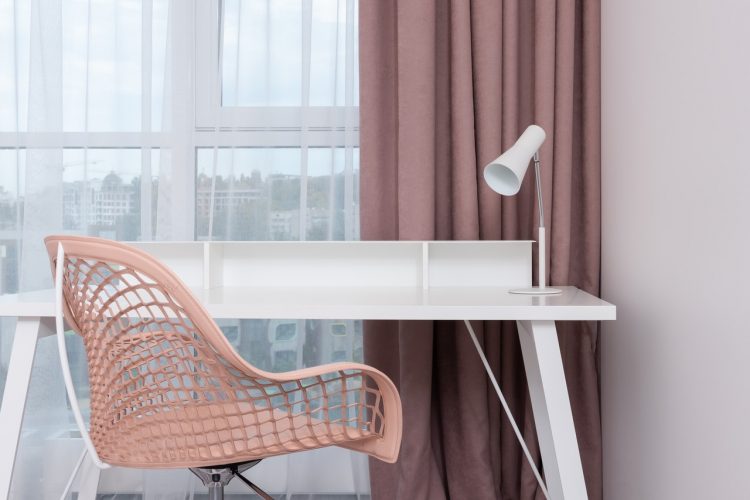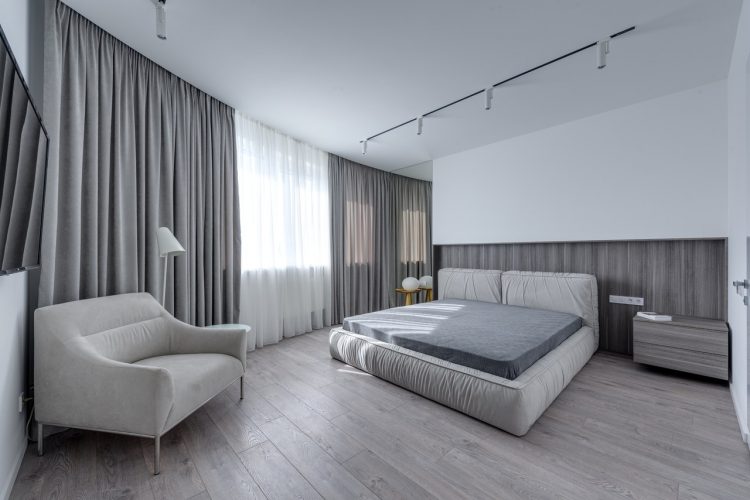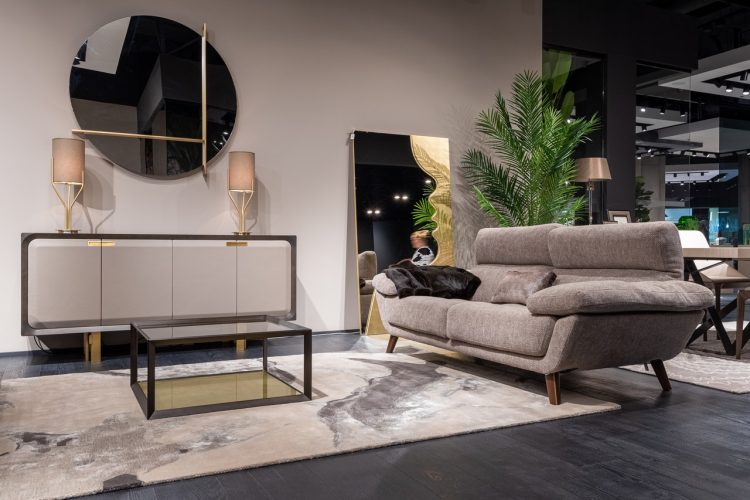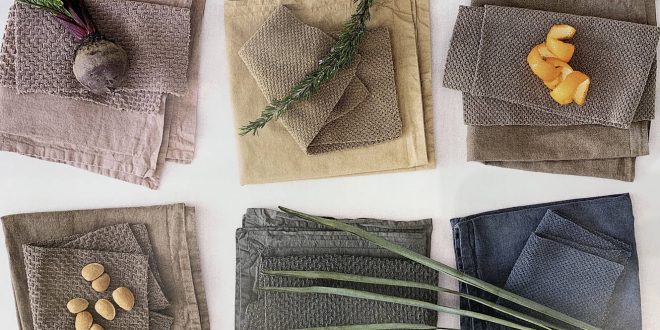When furnishing, we usually focus on the furniture and the floor and wall coverings. It is very important what colors and materials we use for shapes. Of course, everyone chooses a style according to their own unique needs. Let’s not forget the importance of home textiles either, as these fabrics and upholstery materials quite define the atmosphere of homes.
Nowadays, minimalist design is very fashionable, which usually means quite a bit of furniture and furnishings. While this modern style is absolutely sleek and tasteful, it is not really beneficial in terms of room acoustics. This is because large, bare, and hard walls, ceilings, floors, and windows reflect the sounds coming to their surface, thus creating echoes. Due to the persistent, constantly present noises and echoing acoustics, we can experience various physical and mental problems. It can cause headaches, migraines, depression, tension, anxiety, fatigue, and can even lead to more serious cardiovascular complaints, digestive problems, or blood pressure problems.
To prevent these problems, it is definitely worth placing some kind of covering, wallpaper, paint, wall hangings on the walls, or furniture that acquires the sounds on some level. Even an extra layer of drywall can help with sound absorption, in the case of ceilings, it is worth attaching a suspended ceiling and even extra sound-absorbing acoustic panels or sound traps to the corner like these from Perfect-Acoustic.

Many people also like large glass surfaces in their homes that let in plenty of natural light, but glass cannot effectively absorb the sounds that come to its surface. There are already soundproof windows, but they can be in a rather expensive price range and not everyone can afford them. The simplest and most obvious solution for soundproofing windows is acoustic curtains. Acoustic curtains are made of thick, densely woven fabric that can absorb a much larger amount of sound than traditional curtains.
In addition, acoustic sound-absorbing curtains even function as blackout curtains, which can be very useful in a cinema, for example, because they can block out light by up to 99% if properly fixed. With these curtains, as with traditional curtains, it is important that the width of the window is at least one and a half times the width of the curtain in order to have a nice fall and more efficient sound absorption. Acoustic curtains are not only practical but also beautiful accessories for your home.
They are available in a variety of colors, patterns, and materials so almost anyone can find the right fabric for their home. These curtains are not only useful in cinemas or in the living room, they are also effective in the bedroom or even in the room of a small child. If we live on a busy road or in a noisy neighborhood, we cannot rest in perfect peace even at night. Almost every parent knows the situation when a baby with a fussy, toothache, or stomach ache finally calms down, falls asleep, and so we too can relax a bit.
However, external noise infiltrating through windows can disturb children’s peaceful sleep, and persistent noise has a negative impact on health since infancy. Therefore, it is very important to pay attention to the acoustics of the nursery as well. Of course, in the bedroom, our peace of mind at night is also facilitated by the use of sound-absorbing curtains.

Soundproof curtains can be attached in several ways, even with ring rings, curtain tape or tweezers. It is also possible that if someone wants even more effective sound absorption in their home or sound studio, the curtains can be ordered in double-thickness material.
Acoustic curtains can be used not only in their homes or in offices and studios, but they also function well as room dividers. Of course, a fabric curtain cannot replace the door in terms of sound absorption and noise insulation, but placing it in front of windows, balconies, and glass doors will significantly improve the acoustics of the rooms and be able to absorb a lot of sounds.
When choosing equipment, upholstered armchairs and furniture also contribute to the development of acoustics, and they can also be used to create a friendly, homely atmosphere.
Lay carpets on large, harder floor surfaces, such as parquet, wooden floors or even tiles, as much as possible. If you want a really effective solution, choose soundproof, acoustic mats that are densely woven, thick-fiber, and have been specifically developed to reduce noise. It is important that the back of these mats is also designed to absorb and not transmit sound to surfaces. These mats are extremely effective in dampening the sounds of footsteps and the falling noise of objects, so we don’t have to worry if the kids drop their toys or play ball in the apartment, or run around the room, it won’t bother you either.

Residents and neither do us, as carpets are able to absorb a very large amount of sound, unlike traditional carpets. Anyone who can afford it, of course, can also buy original Persian rugs, but these can really cost a huge amount. Acoustic rugs are available in a wide range of colors, they fit absolutely into almost any style of interior, be it classic, elegant, modern, or clean, soundproof rugs will provide an aesthetic and decorative look to any room.
Thanks to their soft-touch, durable material, they are also resistant to cleaning agents and heavy use, so they can even be used for industrial use, in workshops, factories or factories. They are also much more resistant to chemicals and fire than ordinary, simple rugs. They are easy to clean, so this shouldn’t be a problem for anyone choosing an acoustic rug for their home either.
In order to create a calm and harmonious home, in addition to well-chosen furniture and wall coverings, also think about the fact that with the help of the right home textiles we can not only make the atmosphere more homely and warmer but also solve noise reduction and improve acoustics. , which is very practical, for example, when watching movies or listening to music.
 Hi Boox Popular Magazine 2024
Hi Boox Popular Magazine 2024



